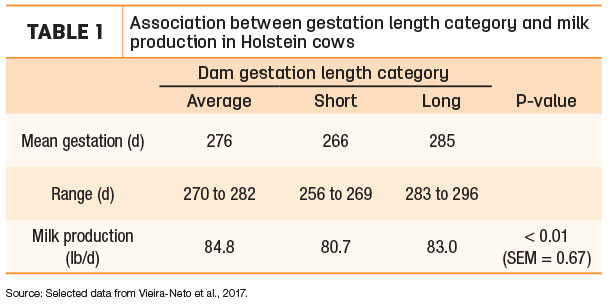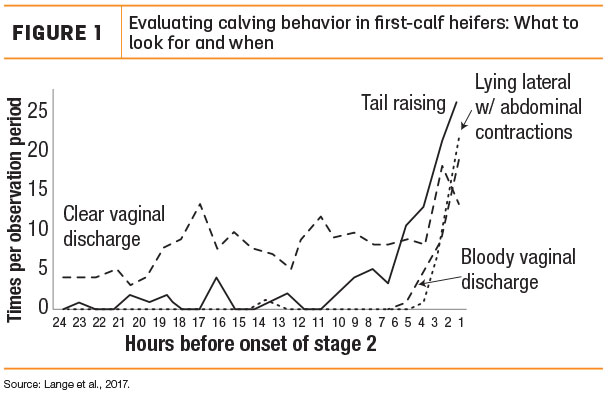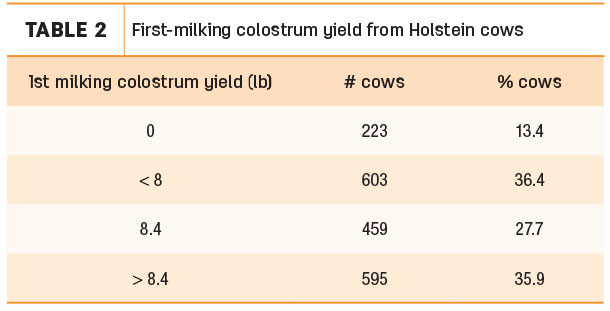Editor’s note: This is the first of two articles about managing the maternity area and newborn calves using a team approach. Click here to read the second article "Praiseworthy newborn calf specialists check these boxes". Maternity is a classically overlooked and poorly understood area of the farm.
This high-impact area affects both cow and calf – and therefore is a potential source of variation. Success in maternity influences success of the calf program, especially with group-housed calf systems. Decisions we make today in maternity have a direct impact on the farm in two years.
We firmly believe success in maternity starts with a team approach to doing what’s right for the cow and the calf.
In this two-part article series, we will focus on maternity management from both the cow and the calf’s perspective using data from a summer internship field study conducted by Sabrina Portner of Sleepy Eye, Minnesota.
The field study evaluated maternity practice correlation with calf outcome variables on 22 farms in Wisconsin (19) and Minnesota (three) with an average herd size of 1,173 lactating cows.
Gestation length
Results from a large field investigation (Table 1) clearly demonstrate gestation length has an impact on milk production of dam and daughter post-weaning herd survival.

Factors influencing gestation length include genetics, calf gender, singleton or twin, age of dam and season of year.
Intermediate gestation length (274 to 281 days) optimized lifetime productivity, calving ease and incidence of stillbirth. Cows with short or long gestation length had increased incidence of stillbirth and dystocia compared with gestation length between 274 to 281 days.
Parturition is triggered by the increase in fetal glucocorticoid concentration. The signal of maturation is activation of the fetal hypothalamic-pituitary-adrenal axis (HPA axis).
Hypoxemia (low oxygen) is a potent stimulus to increase activity of calf HPA axis and results in parturition. Primiparous cows have less body capacity than multiparous cows, so space limitations might create fetal stress and early parturition.
Similarly, cows calving in heat stress have shorter gestation length than cows calving in a cool season. Evaporatively cooled late-gestation cows had a gestation length 3.5 days longer than cows not receiving cooling. It is possible heat stress promotes maturation of the HPA axis and shorter gestation length.
Perhaps the combined effects of sire selection for calving ease, use of sexed semen and younger calving age have an additive effect, decreasing gestation length. Does the number of pen moves impact gestation length? Our survey indicated an average of 2.9 pen moves prior to calving (maximum of five and minimum of one) with an average dry period of 55 days.
Moving cows at calving
Just-in-time calving is as much art as science. Successful just-in-time calving can work very well for both the cow and the calf. Based on field observations, there are opportunities to train staff as to when pregnant cows should be moved to the maternity pen.
The goal is to leave the cow in the close-up pen until calving is imminent (both feet and nose are clearly visible) and then move the cow to the maternity pen. The cow should lie down and calve within 40 minutes to one hour.
Vita Plus field data from a 2,000-cow dairy practicing just-in-time calving with 24-hour maternity surveillance indicated an average of 50 minutes in the maternity pen until calving. Cows moved too early will stall in the calving process, which is disruptive for both the cow and the calf.
Less than 5 percent of calves will be born in freestalls if the maternity is monitored hourly, but 24-hour surveillance is the key. Moving cows to maternity at the correct time also has a positive effect on calf vigor and ability to drink the first feeding of colostrum. Calf vigor score is correlated with dystocia score.
Figure 1 shows the frequency of primary signs calving is imminent.

Maternity area hygiene
Adult cows can intermittently shed viruses and bacteria in their saliva, nasal secretions and manure that can easily transfer to calves in maternity. Cows that are pathogen carriers tend to have the greatest pathogen-shedding risk during the transition period.
Maternity pens must be kept dry and freshly bedded. To decrease pathogen transmission, develop a step-through boot-washing station outside the calf equipment storage area.
Calf DOA rate
DOA rate (percent of calves born dead or that die shortly after calving) is a powerful metric indicating competency of the maternity program. DOA rate is a function of the maternity staff, training, pre-calving management, cow flow, equipment and facility design. DOA rate in our survey averaged 6 percent, with first-freshening 2-year-olds averaging 9 percent.
If decreasing DOA rate in first-calf heifers is the goal, consider investigating:
1. Heifer age/size at breeding
2. Sire selection for gestation length
3. Maternity management for first-calf heifers
4. Pre-calving stress (number of pen moves and timing of moves)
5. If heifers are calving earlier than intended (short gestation length), consider adjusting days carrying calf so heifers spend adequate time in the close-up pen.
Even the best dairies have opportunities for improvement in maternity. I am often surprised to find maternity staff who lack an understanding of the “how” and “why” of maternity management. Annual training sessions for proper calving assistance and at-least-monthly review of key maternity indicators are warranted.
Tracking DOA rate over time provides insight into cycles of mortality and, with some analysis, often opens doors to solutions that benefit all parties. Some dairies offer incentive programs for workers who achieve mortality rates less than 4 percent.
Colostrum yield
When was the last time we selected dairy cows for colostrum yield? If the answer is never, then should we be surprised to not be gaining ground on colostrum yield and quality?
Our survey data indicated first-milking colostrum yield from Holstein cows milked within one hour after calving averaged 9.1 pounds and an average Brix reading of 25.6 percent. About 13 percent of cows had no colostrum at first milking, while an additional 36 percent of cows produced less than a gallon of colostrum (see Table 2).
 Colostrum supply continues to be tight on most farms, especially in late fall and early winter. Properly harvesting and storing colostrum is second only to having a live calf when evaluating maternity proficiency. In times of colostrum abundance, freeze as much colostrum as possible for times of colostrum deficiencies.
Colostrum supply continues to be tight on most farms, especially in late fall and early winter. Properly harvesting and storing colostrum is second only to having a live calf when evaluating maternity proficiency. In times of colostrum abundance, freeze as much colostrum as possible for times of colostrum deficiencies.
Work at the University of Minnesota demonstrated a significant positive correlation between pre-calving lipid mobilization and colostrum yield; farms with high colostrum yield may also have opportunities to address pre-calving body fat mobilization. ![]()
Sabrina Portner was a 2017 calf intern for Vita Plus.
References omitted but are available upon request. Click here to email an editor.

-
Noah Litherland
- Dairy Youngstock Technical Specialist
- Vita Plus
- Email Noah Litherland
Five opportunities to improve the maternity pen
- Manage pre-calving variables, including gestation length, pen moves and recognition of first-calf heifer needs.
- Focus on calving pen hygiene and timing of moves into the calving pens.
- Pay special attention to DOA rate in first-calf heifers.
- Colostrum is a precious commodity. Freeze extra colostrum for future colostrum shortages.
- Train the maternity team, collect and evaluate data, review protocols, retrain and repeat.






